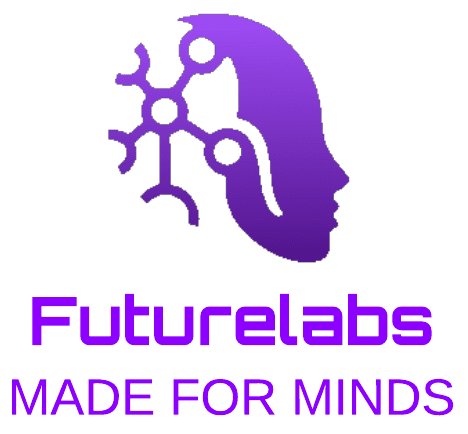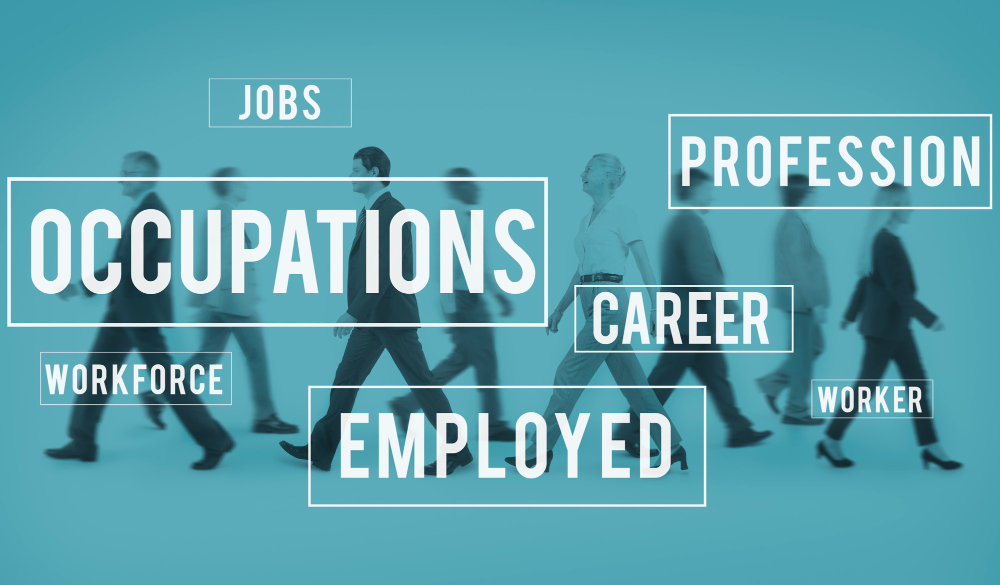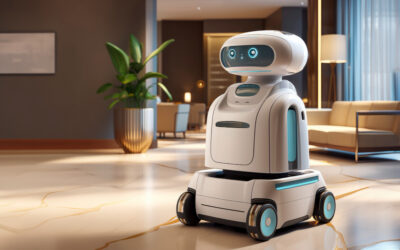The AI and Employment Problem Isn’t What You Think: The More You Earn, the Greater the Risk
Many people have never worried about the impact of technology on employment… because those losing their jobs were others. But AI has changed everything: no one is safe.
In the recurring debate about artificial intelligence and its impact on employment, there are two opposing views: that of the doomsayers and that of the enthusiasts.
The doomsayers claim that our entire labor structure is at risk and that something must be done: limit AI usage, tax companies that use it more, implement a universal basic income… The enthusiasts, on the other hand, are entirely optimistic. Not only are they fascinated by AI’s capabilities, but they also argue that we cannot stop progress, that technological disruptions are nothing new, that they have been happening since the Industrial Revolution, that some jobs will be lost but others will be created, and that human labor will always be needed to manage robots. Needless to say, neither side backs up its stance with data or rigorous reports. It is, fundamentally, an exercise of faith in their respective positions.
Another characteristic of these two groups is their employment status. The doomsayers fear their jobs will be the first to disappear, while the enthusiasts are thrilled… because those at risk of unemployment are others, not them. This is, in reality, a familiar struggle from the past few centuries: the blue-collar workers, who represent physical, manual, and low-skilled labor (with lower wages), versus the white-collar workers, associated with intellectual and high-skilled jobs (with higher wages). In summary: the classic laborer versus the modern office worker. The one who always sees their job at risk versus the one who feels no fear at all. And ultimately, the one who earns less money versus the one who earns more.
If You Think AI Doesn’t Affect You, Think Again…
However, AI has upended this entire established framework. If you work at a computer and have always looked down on factory workers for not having the same education as you, what will happen when you realize that not only is their job at risk, but yours is too? What will you do when you see that your enthusiasm for technology was based on the idea that your salary was secure… until now?
And this is precisely what makes the AI revolution different from previous ones: for the first time, technology threatens all kinds of jobs—both skilled and unskilled.
Various reports highlight the extent to which AI is being applied in sectors that have never before replaced employees with machines. According to Spain’s National Institute of Statistics (INE), 12.4% of Spanish companies with ten or more employees used AI in the first quarter of 2024, an increase of 2.8 percentage points compared to 2023. While some industries heavily impacted involve blue-collar workers, the presence of AI in the service sector suggests that white-collar workers are also affected.
Spain’s figures are similar to those of surrounding countries. In fact, Eurostat indicates that Spain is just above the EU average, with Nordic countries leading in business AI adoption.
Looking at the specific types of jobs affected by AI, Eurostat makes it clear: not only are white-collar workers impacted, but they are actually the most affected. Across Spain and its neighboring countries, AI is having a much greater impact on jobs related to communication, science, technology, and administration than on those in manufacturing, transportation, commerce, hospitality, or construction.
… And This Is Just the Beginning
This is the present, but the near future points in the same direction, according to studies evaluating job risks in this new scenario. A McKinsey analysis shows that 43% of companies using AI expect to reduce their workforce over the next three years, compared to 30% expecting no change and 12% unsure of what will happen. Only 15% expect to increase staff due to AI.
The most alarming findings come from the World Bank and the International Labour Organization (ILO), which in 2024 published a comprehensive study on AI’s impact on global employment. As shown in the graph below, jobs requiring academic qualifications are the most exposed.
To clear up any doubts, the study also differentiates AI’s impact based on income levels. And here, the contrast is stark: AI will not affect 82.4% of low-income professionals, whereas for high-income workers, this figure drops to 57.3%.
If the World Bank and ILO figures are worrying, OpenAI’s data is even more so. In 2023, the developers of ChatGPT released a report analyzing which professions would be most affected by their technology. The numbers speak for themselves: once again, the most exposed jobs are not the least skilled or lowest paid—but quite the opposite: the most skilled and best paid.
Other sectors, traditionally reliant on human interaction and requiring high academic qualifications, could also start to worry—even if they are not yet at the top of the rankings. A clear example is medicine. In March 2023, the European Commission conducted a survey asking citizens about the use of AI in medical processes. The result? 76% of Europeans supported its use. In Spain, this figure rose to 82%, while no country reported less than 66% support.
And this concerns AI in general—but the real game-changer is generative AI. McKinsey’s analysis predicts that this technology will not only reduce employment in a significant portion of companies, but also that many of these job losses will occur in white-collar sectors, such as human resources, marketing, sales, finance, and product and service development.
A Completely Unprecedented Scenario
We are, ultimately, facing an unprecedented scenario. Historically, major industrial and technological revolutions have primarily impacted low-skilled and low-paid jobs, leaving higher-ranked professionals untouched. However, AI has changed everything: for the first time, those who once believed they were immune to change are starting to feel the threat.
So, if you tend to look down on those with less education and lower salaries than yours, think again—the next person affected by AI may not be them, but you.






0 Comments